From the mist-covered vineyards of Galicia to the sun-baked plains of Andalucía, Spain’s wine map tells the story of its landscapes, traditions, and people. Each region is unique – a distinct flavour shaped by climate, soil, and centuries of craftsmanship.
Whether you’re sipping a silky Rioja in the north, a crisp Albariño by the Atlantic, or a glass of golden sherry in the south, Spanish wines are an experience of place. This guide to Spanish wine regions will take you through the country’s best reds, whites, and sparkling wines – and the vineyards where they’re made.
Understanding Spanish Grape Varieties
Spain boasts over 400 native grape varieties, but around 20 dominate winemaking. These varieties shape the country’s wines, from rich reds to crisp whites, each reflecting its unique terroir. Here are the key Spanish varietals:
- Tempranillo: The signature red grape of Rioja and Ribera del Duero, known for its ripe fruit and earthy flavours. It forms the heart of Spain’s finest reds.
- Garnacha (Grenache): A fruity, versatile grape used in both reds and rosés, with soft tannins and spice, popular in Priorat and Campo de Borja.
- Albariño: The star white grape of Rías Baixas, Albariño is fresh and aromatic, with citrus and floral notes, ideal for pairing with seafood.
- Verdejo: Known for its crisp, herbaceous quality, Verdejo from Rueda is refreshing with tropical fruit and citrus flavours, often compared to Sauvignon Blanc.
- Palomino: The backbone of Sherry, Palomino produces dry, nutty wines with a distinct salty edge, central to Andalucía’s Sherry-making tradition.
- Xarel-lo, Macabeo & Parellada: These three grapes create Cava, Spain’s sparkling wine. Xarel-lo adds body, Macabeo provides freshness, and Parellada offers aromatic complexity.
These Spanish grape varieties capture the essence of their regions, making Spanish wines wonderfully diverse and expressive.
When Is the Best Time to Visit Spain’s Wine Regions?
The best time for Spanish wine tours is between August and October, when vineyards hum with energy during the harvest. Across the Spanish wine regions, grape-picking, open-air tastings, and lively festivals fill the days – a vibrant celebration of local culture and craftsmanship.
If you prefer a quieter experience, spring (April–June) is equally rewarding. The countryside is lush and green, temperatures are mild, and many Spanish vineyards open for scenic walks and relaxed tastings before summer arrives.
Whether you visit during the bustle of harvest or the calm of spring, each season offers a beautiful experience – and both reveal why exploring Spain’s wine country is one of the most immersive ways to experience the nation’s culture, landscapes, and exceptional wines.
Best Spanish Red Wines & Wine Regions
Spain is renowned for its red wine varieties, from elegant Tempranillos to full-bodied Garnachas. Here are the top Spanish wine regions to explore if you’re a red-wine enthusiast.
Rioja Wine Region – Spain’s Most Famous Red
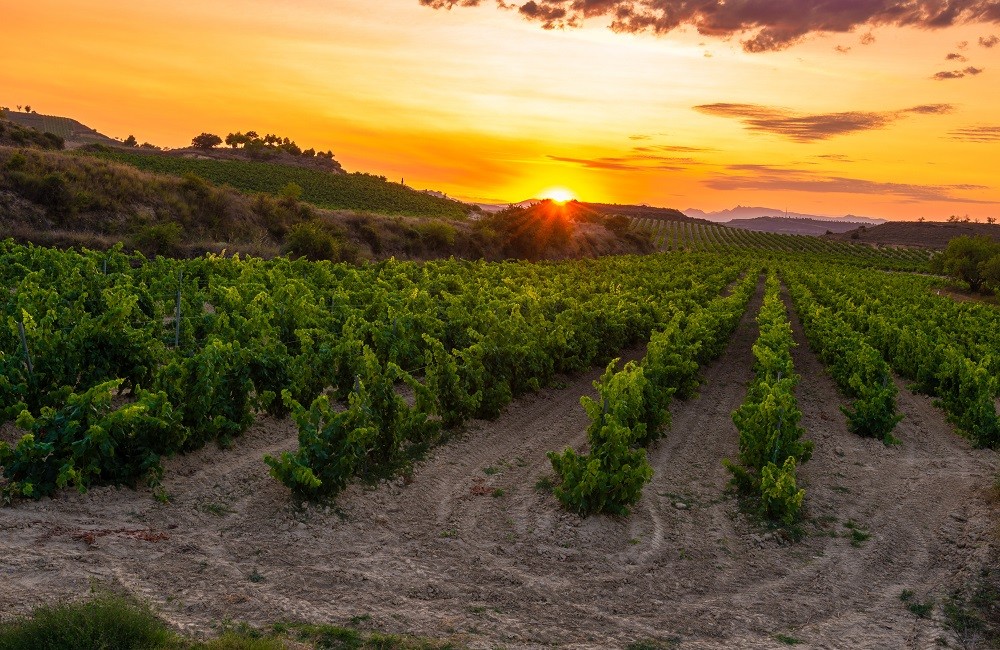
If you had to name one region that defines Spanish red wines, it would be Rioja. Stretching across the valleys south of the Cantabrian Mountains, Rioja’s vineyards – Rioja Alta, Rioja Alavesa, and Rioja Oriental – are synonymous with tradition and quality.
Made primarily from the Tempranillo grape, Rioja wines come in several styles:
- Crianza – young and lively, aged for a minimum of two years
- Reserva – elegant, structured, and complex, aged for three years
- Gran Reserva – the most refined, with a minimum of five years ageing
Each reflects Rioja’s unique balance of fruit, oak, and finesse. Look for wines aged in French oak for subtle spice or American oak for richer vanilla notes.
Winery To Visit in Rioja
Bodegas López de Heredia in Haro. Founded in the 19th century, it remains one of Rioja’s most atmospheric cellars.
Ribera del Duero Wine – Tempranillo Excellence
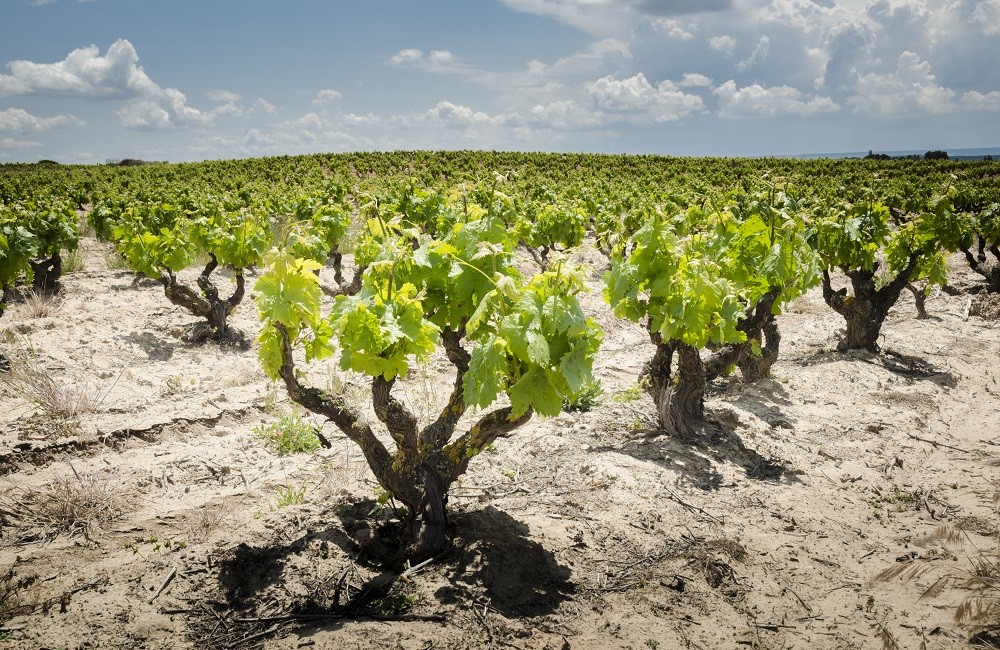
Less than two hours south of Rioja, the Ribera del Duero region produces some of the best red wines from Spain. The altitude gives its vineyards hot days and cool nights, perfect conditions for developing depth and balance in the Tempranillo grape (known locally as Tinto Fino).
Ribera wines are typically richer and darker than Rioja, with bold blackberry and plum flavours. They’re almost always 100% Tempranillo and aged in French oak.
Winery To Visit in Ribera
Bodegas Matarromera in Valbuena del Duero, where visitors can explore the EMINA Wine Museum alongside tastings of their signature blends.
Priorat Wine Region – Catalonia’s Hidden Gem
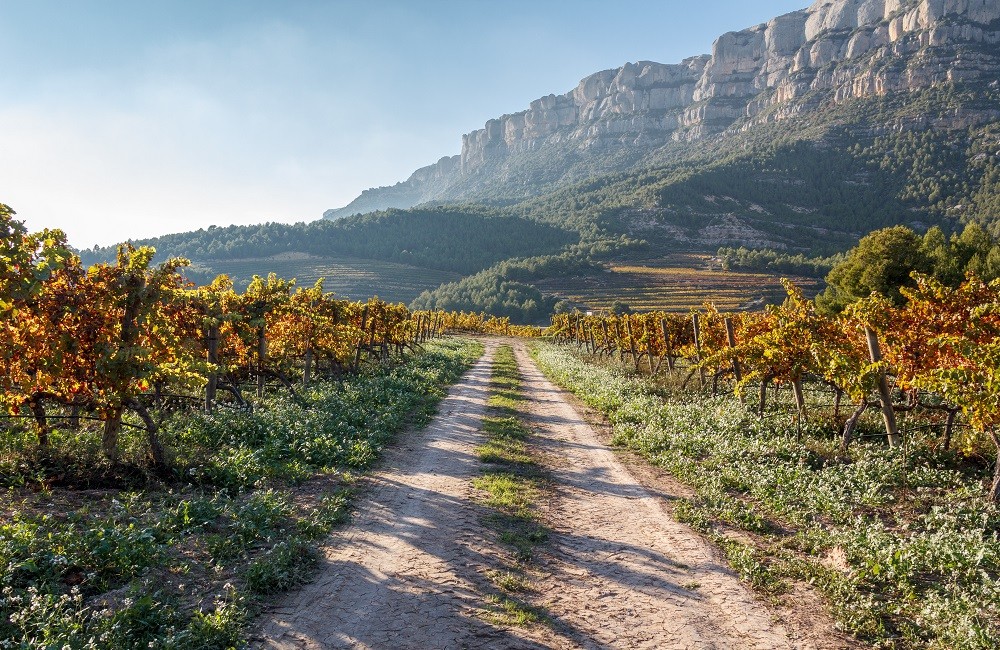
In the rugged hills of southern Catalonia lies Priorat, a name whispered with reverence among oenophiles. Its slate soil (llicorella) forces the vines deep underground, producing low yields and intensely flavoured grapes.
Spanish varietals such as Garnacha and Cariñena dominate here, often blended with international grapes like Syrah and Cabernet Sauvignon. The result? Deeply concentrated reds that rival France’s most prestigious wines.
Winery To Visit in Priorat
Alvaro Palacios, the winemaker credited with putting Priorat back on the global map in the 1980s, continues to produce some of Spain’s most acclaimed bottles.
Best Spanish White & Sparkling Wines
While Spain is celebrated for its reds, it’s also home to some of the best Spanish white wines and world-class sparkling labels. From crisp Atlantic styles to creamy Cavas, here’s where to start.
Rías Baixas – Home of Crisp Albariño Wines

Tucked in Galicia’s lush north-west corner on the border of Portugal, Rías Baixas is the birthplace of Albariño, one of the most popular Spanish wines worldwide. Cool sea breezes and granite soils give these whites their characteristic freshness – floral, zesty, and just a touch saline.
Albariño pairs beautifully with seafood, particularly Galician octopus or razor clams by the coast.
Winery to Visit in Rías Baixas
Finca La Moreira, a family-run estate set in a historic stone manor, offers tastings surrounded by green pastures and ocean air.
Cava Wine – Spain’s Sparkling Star
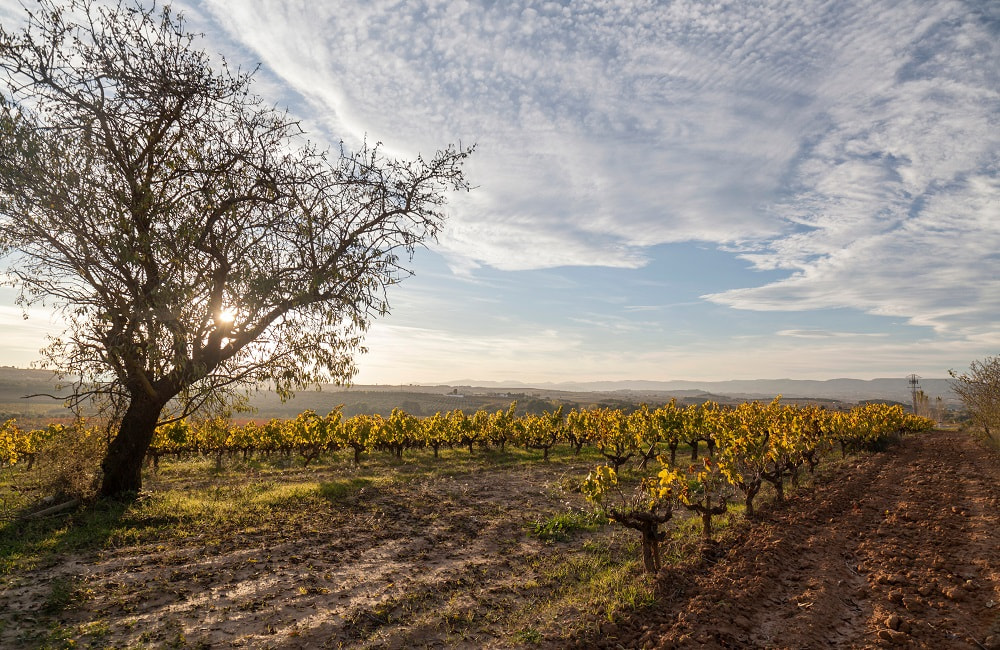
Spain’s answer to Champagne, Cava is produced mainly in Catalonia using the traditional method (fermented in the bottle). It can be white or rosé and typically blends Macabeo, Parellada, and Xarel-lo grapes – all classic Spanish grape varieties.
Dry Brut Cavas are crisp and elegant, while Semi-Seco offers a touch of sweetness. Whether it’s a celebratory toast or a sun-soaked aperitif, Cava captures Spain’s sparkling spirit.
H4: A Cava Winery to Visit
Perelada in Empordà, whose medieval castle setting and centuries of history make it a must for any wine lover.
Sherry wines

In the south, Andalucía’s Sherry Triangle – Jerez de la Frontera, Sanlúcar de Barrameda, and El Puerto de Santa María – produces one of Spain’s most iconic exports: Sherry wine.
True Sherry (or Jerez) can only come from this region. It’s a fortified Spanish dry wine, crafted from Palomino, Pedro Ximénez and Moscatel grapes. The variety of styles makes it endlessly fascinating:
- Fino: pale, crisp, and bone-dry – serve chilled with seafood or jamón ibérico.
- Manzanilla: similar to Fino but with a coastal freshness, perfect with shellfish.
- Amontillado: amber-coloured, smooth and nutty; pairs beautifully with white meats.
- Oloroso: darker and more powerful, ideal with red meats and aged cheese.
- Palo Seco: Strongly scented and flavoured, delicious with game, foie gras, and strong cheeses.
- Pedro Ximénez: syrupy-sweet and rich, often drizzled over desserts.
H4: A Sherry Bodega To Visit
Bodegas Tradición in Jerez, known for its devotion to traditional ageing methods and its art collection featuring Spanish masters.
White Rioja – A Hidden Treasure
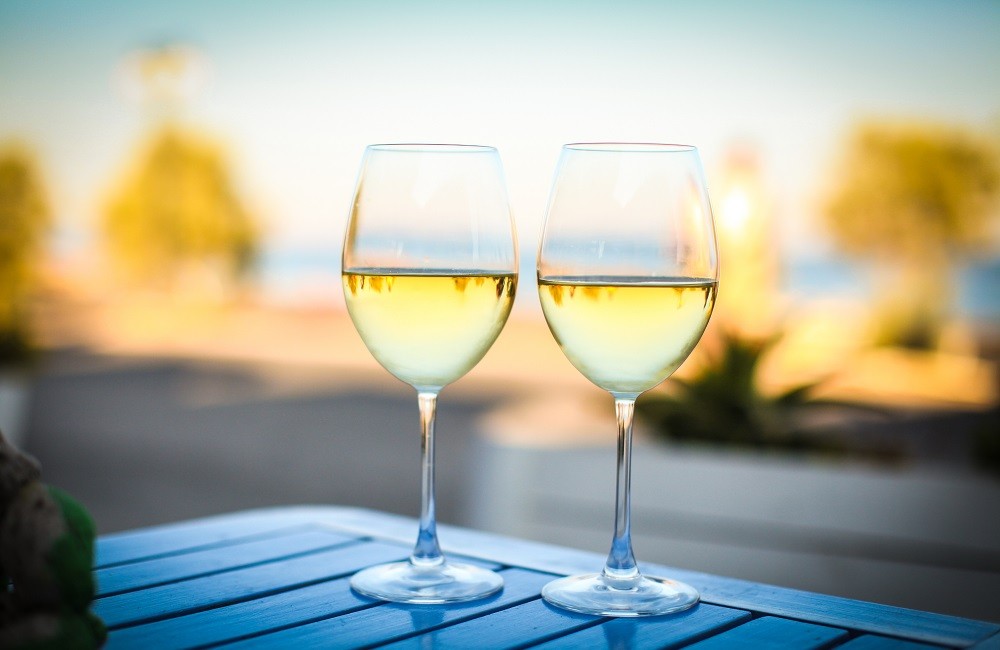
While Rioja is famous for reds, its white varietals deserve equal attention. Made primarily from Viura, often blended with Chardonnay or Garnacha Blanca, white Rioja wines are aromatic and full-bodied.
Younger styles are fresh and citrusy, while aged examples take on creamy, nutty notes that pair well with poultry or seafood.
Málaga Wine – Sweet and Historic
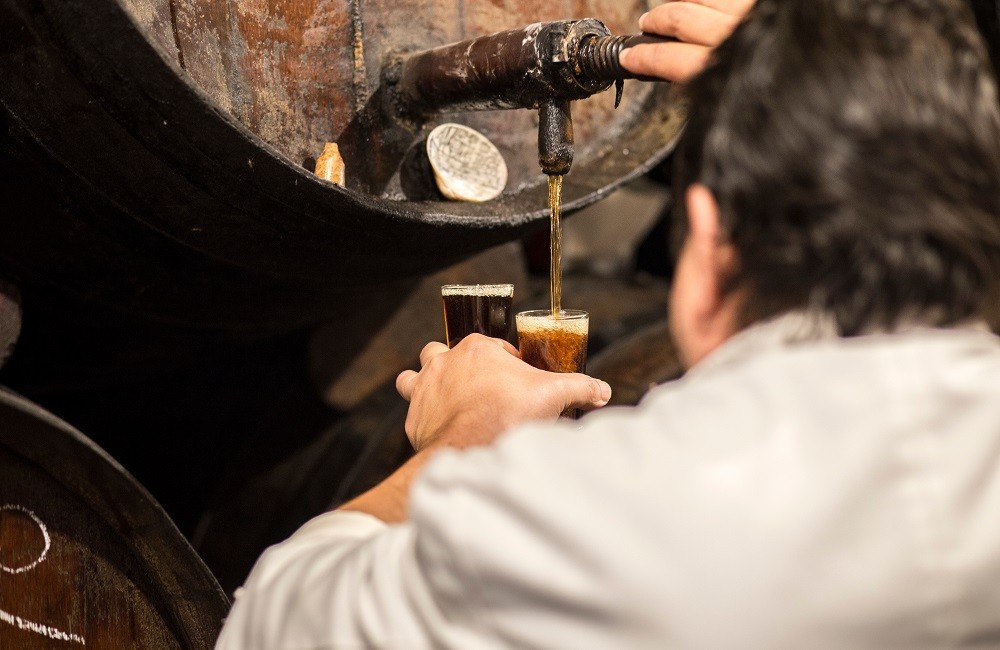
With a wine-making heritage dating back to Phoenician times, Málaga in southern Spain has long been associated with sweet, fortified wines. Traditionally crafted from Moscatel or Pedro Ximénez grapes, Málaga wines are velvety and aromatic – a nod to their Victorian popularity.
Enjoy them slightly chilled alongside local goat’s cheese or as a dessert wine.
Winery to Visit in Málaga
Bodega F. Schatz, a boutique vineyard founded by a German winemaker, offers a modern twist on ancient Andalusian traditions.
Rueda Wine – Everyday Favourite of Spanish Whites
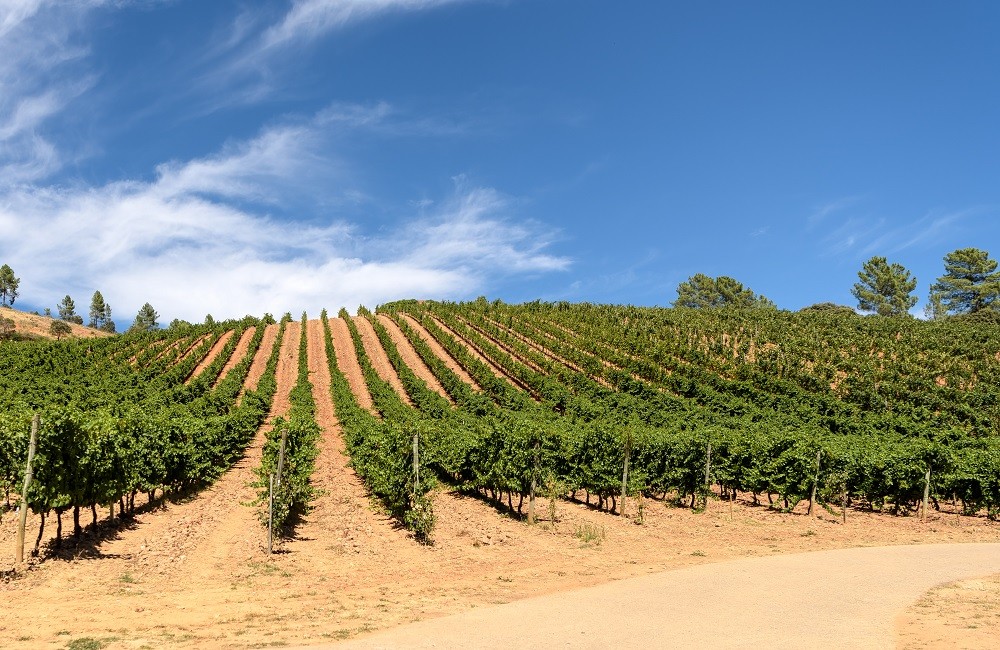
In the heart of Castilla y León lies Rueda, Spain’s most popular white wine region. The wines are mainly made from the Verdejo grape, known for its aromatic, citrus-led profile with hints of herbs and tropical fruit.
If you enjoy Sauvignon Blanc, Rueda’s bright, dry style will feel familiar. It’s a staple on Spanish tables – refreshing, versatile, and unmistakably Iberian.
Understanding Spanish Wine Classifications
When browsing Spanish wine types, you’ll notice a range of terms that indicate both origin and ageing. Here’s a quick guide:
| Classification | Meaning | Ageing Requirements |
| DO (Denominación de Origen) | Regional designation ensuring quality and origin | Varies by region |
| DOCa / DOQ (Denominación de Origen Calificada) | Highest quality designation (only Rioja & Priorat hold it) | Stricter controls |
| Vino de Pago (DO Pago) | Single-estate wine of exceptional character | Estate-specific |
| Joven | Young wine, minimal oak ageing | Drink within 1–2 years |
| Crianza | Aged 2 years (min. 12 months in oak) | Balanced and accessible |
| Reserva | Aged 3 years (min. 12 months in oak) | Complex and refined |
| Gran Reserva | Aged 5+ years (min. 2 years in oak) | Structured and cellar-worthy |
Understanding these categories helps you appreciate the diversity of Spanish varietals and what to expect from each bottle.
Ready To Plan Your Spanish Wine Holiday?
Spain’s wine regions offer more than tastings; they’re an invitation to slow down and savour life.
Stay in one of our luxury villas in Spain, many located near renowned vineyards and bodegas. Our concierge can arrange private wine tastings, vineyard tours, or even have your favourite Spanish wines delivered to your villa.
It’s the perfect way to experience the culture, craftsmanship, and pleasure that define Spain’s wine heritage – all in effortless style.
Spanish Wine FAQs
What are the best wine regions to visit in Spain?
Spain is home to several iconic wine regions worth visiting, including Rioja, Ribera del Duero, Priorat, Rías Baixas, and the Sherry Triangle. Each offers unique wines, breathtaking landscapes, and a rich cultural heritage that makes exploring them a memorable experience.
Which is the best Spanish white wine?
For a crisp, refreshing white, Albariño from Rías Baixas is a top choice. It’s light, zesty, and perfectly suited to seafood. For something more complex, a well-aged white Rioja offers depth and richness with a touch of oak influence.
What are the main Spanish grape varieties?
Spain boasts a rich array of grape varieties, including Tempranillo, Garnacha, Albariño, Verdejo, and Palomino. These native varieties shape the diverse wines of Spain, from bold reds to crisp whites and elegant fortified Sherries.
When is the best time to go wine tasting in Spain?
The harvest season (August to October) is the best time for Spanish wine tours, as vineyards are alive with activity. However, spring (April–June) offers milder temperatures and fewer crowds, ideal for scenic vineyard walks and intimate tastings.
You might also like





